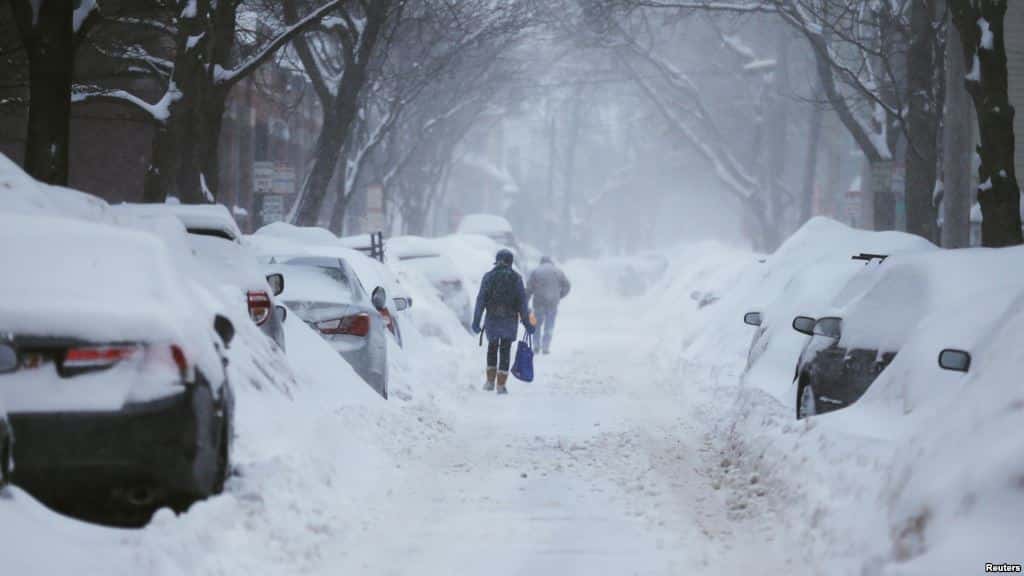5 Steps to Speed up a Chrome Browser

As our dependency upon technology increases, so does the demand for faster and faster response times. Most of the time, our technology devices are very responsive. On occasion though, some of the most-used features of technology such as Google’s Chrome browser seem to become slower and slower. Fortunately, there are a few easy things that individuals can do to bring back that lightning fast response time they enjoyed when their device was brand new.
Check for Malware and Viruses
One of the main reasons why browser response times become slower is due to malware and/or software viruses. Let your IT support team know about your slower browser response times. They can perform some extra security checks to determine if the reduced speed is due to a virus or malware.
Use Google’s Cleanup Tool
If your device is free of malware and viruses, and you are still having trouble with a slow Chrome browser, Google does offer a free Cleanup tool. Simply search for and download the Chrome Cleanup Tool, follow the instructions to run the file, and let it perform its cleanup work.
Reduce Flash Use
Although web developers are definitely moving away from using Adobe Flash Player, there may be some older websites that still use it. To gain control over using Flash Player in the Chrome browser, simple enter the following into the browser address bar: “chrome://settings/content?search=Flash”. From there, click on the “Flash” tab and either select “Block” or “Ask first”.
Optimize Image Rendering Speed
The world wide web is full of great images to view, but they tend to slow down user experience. For those who want to see if they can speed things up, try increasing the way the Chrome browser reads images by bumping up a flag entitled, “Raster Threads”. To change the setting, type in “chrome://flags/” into the browser address bar. In the search feature on the page, look for “Number of raster threads” and change the setting to “4”. Keep in mind that this particular feature is experimental and Google may remove it at any time.
Go back to Default
Lastly, if you’ve tried all the suggestions and are still not satisfied with browser response times, going back to the way the browser was originally set up could do the trick. From the Chrome browser, click on the 3 dots in the upper right corner. From the menu that appears, click on “Settings”. From there go to “Advanced”, then select “Reset and clean up”. Going back to default won’t erase any saved passwords, history or bookmarks, which are the items most people want to save anyway.
The post 5 Steps to Speed up a Chrome Browser appeared first on 4 Corner IT.








Recent Comments